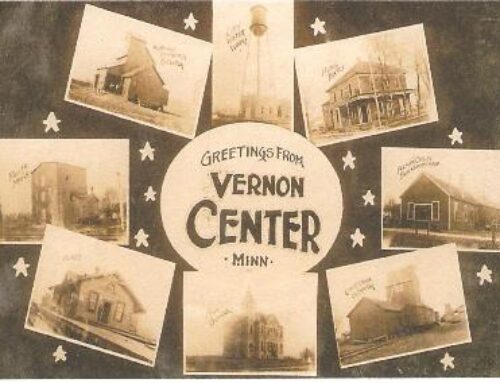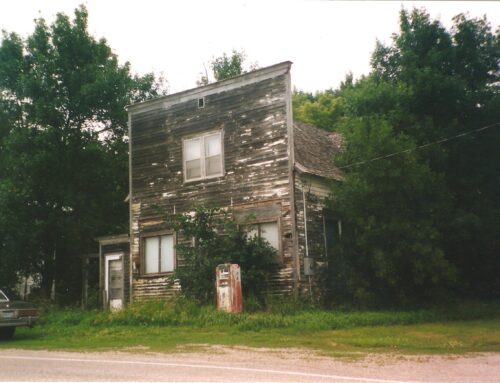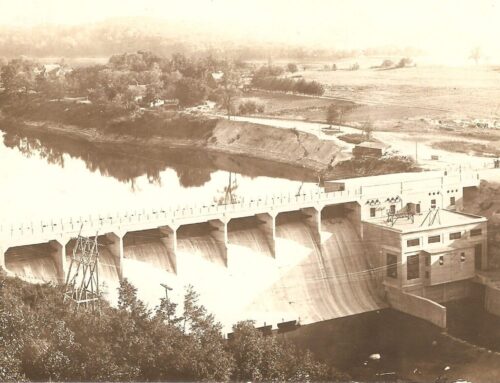 The news of the impending closing of Ardent Mills brought remembrance of its predecessor, Hubbard Milling, and Mother Hubbard Flour. I began baking bread with Mother Hubbard flour. I competed in 4-H bread baking competitions and received a 5-pound bag of Mother Hubbard flour. I worked in a small-town grocery store and stocked shelves with Mother Hubbard flour. Who was Mother Hubbard?
The news of the impending closing of Ardent Mills brought remembrance of its predecessor, Hubbard Milling, and Mother Hubbard Flour. I began baking bread with Mother Hubbard flour. I competed in 4-H bread baking competitions and received a 5-pound bag of Mother Hubbard flour. I worked in a small-town grocery store and stocked shelves with Mother Hubbard flour. Who was Mother Hubbard?
Hubbard Milling began in 1878 and was incorporated as Mankato Mill Company. R.D. Hubbard had the financial resources, George M. Palmer brought the business acumen, and William Pearson knew engineering and milling. The mill became Hubbard Milling Company in 1897, producing flour sold as “Hubbard’s Superlative.” Mankato was considered to be located at the center of a great wheat-producing region, and farmers could bring their grain directly from the farm to the mill.
A reporter, writing for the Free Press in 1902, visited the mill and wrote: “From the time the grain reaches the mill until it is packed in fresh, clean barrels or sewn into new cotton bags, every detail of manufacturing is performed under the latest and most scientific flour-making method. The most talented people that can be procured are employed as well as the latest and best machinery to produce the high grade of flour which they manufacture and brand ‘Hubbard’s Superlative’ which is acknowledged to be the best wherever flour is made into bread.”
In 1903 it was reported that 2500 barrels of flour were produced every day “to feed a quarter of a million people in various parts of the civilized world.” By 1922 Hubbard Milling was the largest industry in the county, employing 150 people. However other crops took over wheat fields, and Mankato was no longer the center of a wheat-producing area. The mill turned more toward livestock feed and was sold to Cargill in 1989.
By Hilda Parks
Learn More about R.D. Hubbard and his family.
George Palmer was one of 10 Remarkable Men From Garden City.







Leave A Comment